On or about August 20, 1619, Africans — kidnapped from their homelands and brought to British North America — were brought by force to Point Comfort, part of today’s Fort Monroe in Hampton, Virginia. Since 2010, the city of Hampton and several organizations, including Project 1619, have observed an annual African Landing Commemoration Day.
The name of the Point Comfort landing place was just one of the great and bitter ironies of the August 1619 disembarkation, which led to the establishment of the British trans-Atlantic slave trade, as well as slavery itself in the British colonies, and, subsequently, in the United States.
The Point Comfort name derived from the first English settlers finding “comfort” on this point of land in 1607. But in 1619, the “20 and odd” Africans were inhumanely traded like chattel by the captain of the ship The White Lion to Virginia’s colonial Governor George Yeardley and merchant Abraham Peirsey, and dispersed to several other locations. Another irony was that 1619 also was the year that a semblance of democracy came to Virginia, as the colony held its first election for the inaugural House of Burgesses, the forerunner of today’s Virginia General Assembly.
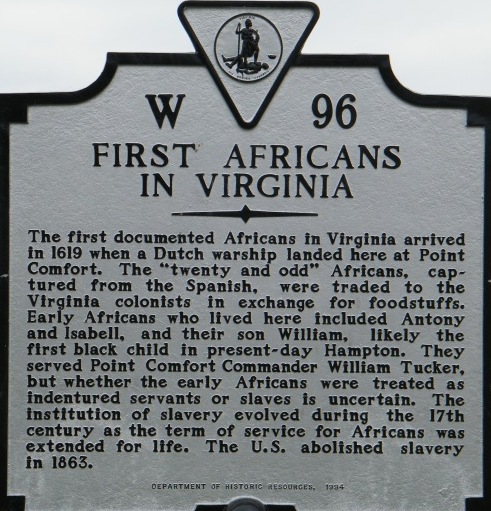
According to various histories, the Africans were part of a contingent of about 350 enslaved Africans from the Portuguese colony of Angola, captured from the kingdom of Ndongo in west central Africa. The Portuguese took the Africans aboard the São João Bautista, which was to sail to Vera Cruz, Mexico, but was attacked by English vessels, The White Lion and The Treasurer.
Hampton History Museum curator Allen Hoilman said,
The Angolans that were brought here came from a vibrant, sophisticated civilization. If they survived that terrible voyage, they would have been brought to this culture that is barely surviving and hanging on.
Historians still debate whether these first Africans were slaves or indentured servants, but as Howard Zinn points out in A People’s History of the United States, “it would have been strange if those twenty Black people, forcibly transported . . . and sold as objects to settlers anxious for a steadfast source of labor, were considered as anything but slaves.” The next few decades, however, would see the continual codification of laws governing enslavement.
The cruelties of slavery mounted and included the use of labor by enslaved people to help the U.S. Army build the massive Fort Monroe between 1819 and 1834 as a strategic bastion, at the mouth of the Chesapeake Bay, to protect America’s liberty against foreign invaders. In another twist of history, Fort Monroe became known as “Freedom’s Fortress” during the Civil War because Union Major General Benjamin F. Butler welcomed thousands of freedom seekers, declared them “contraband of war” and refused to return them to the Confederate plantations. Fort Monroe became part of the National Park Service in 2011.
“This Day in History” story and photo submitted by Michael Knepler.

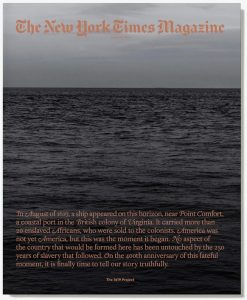
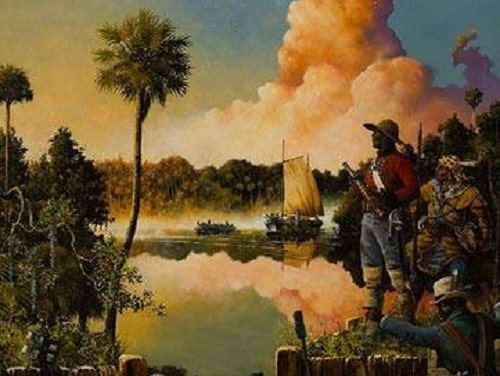

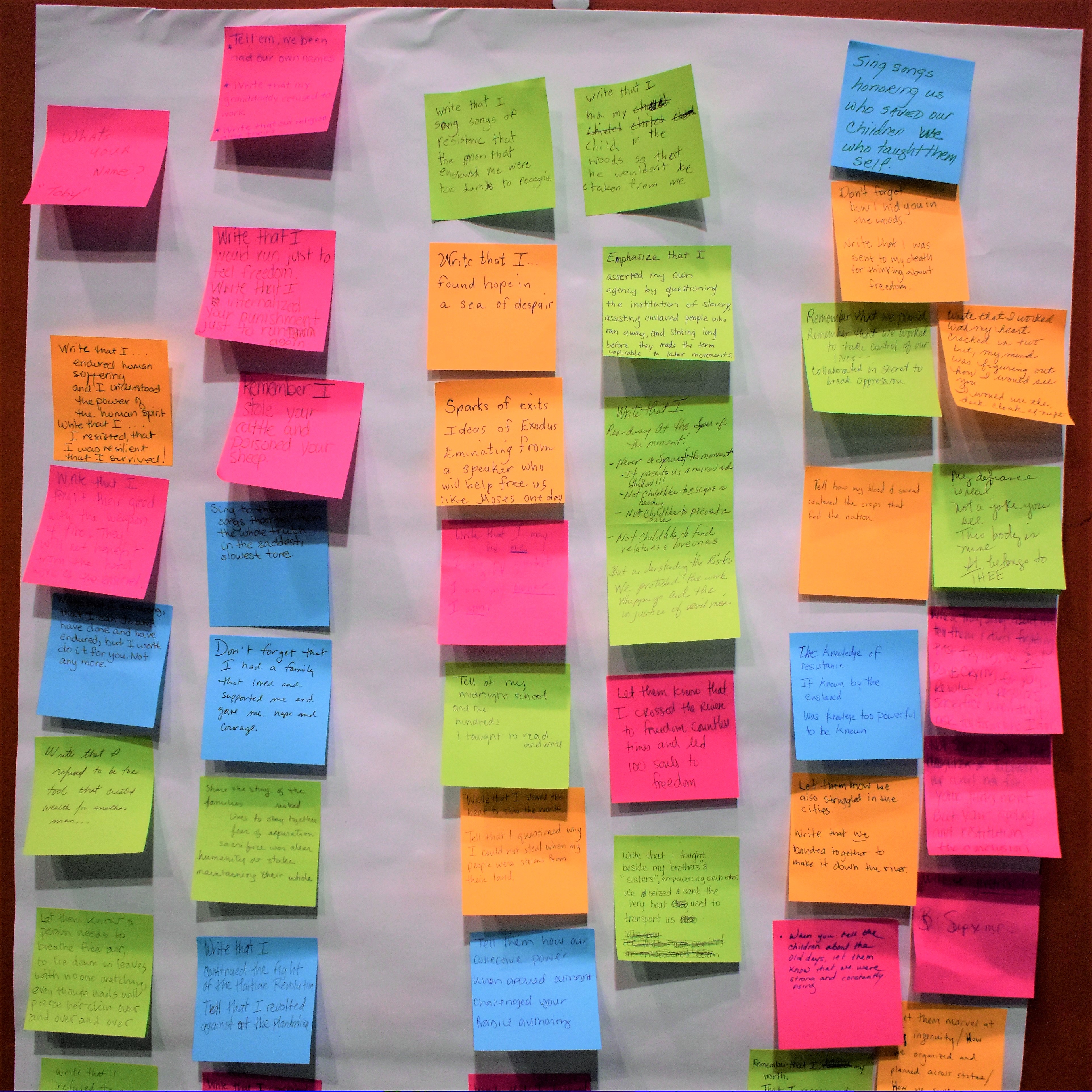
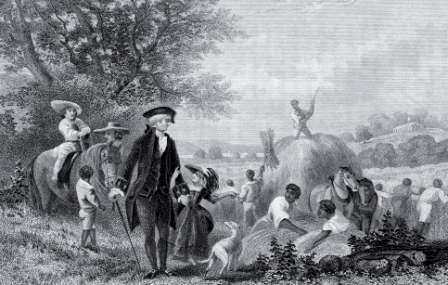
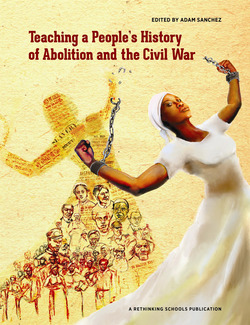
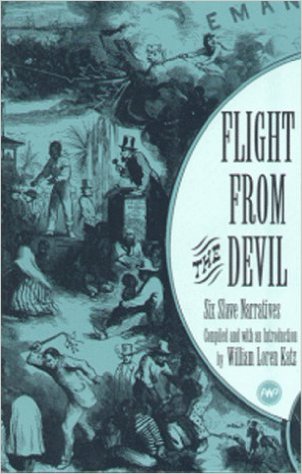
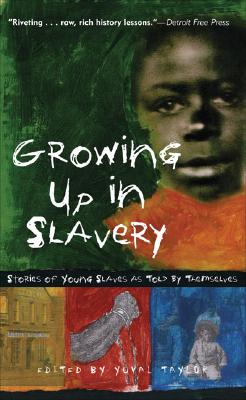
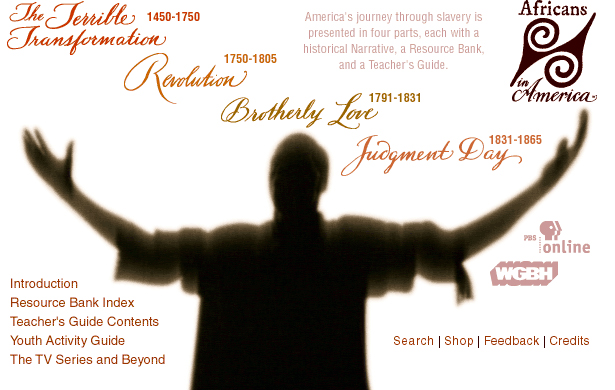
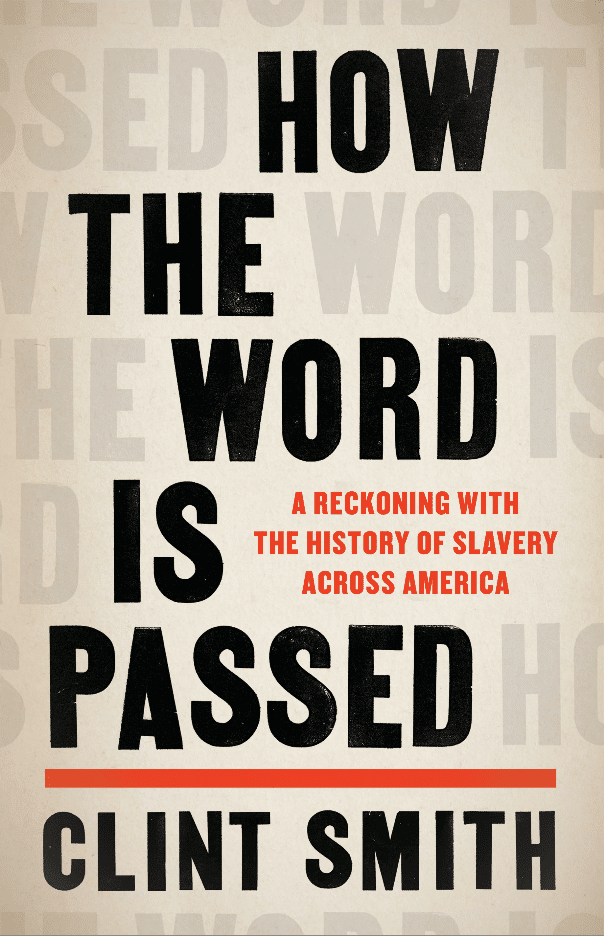





Twitter
Google plus
LinkedIn